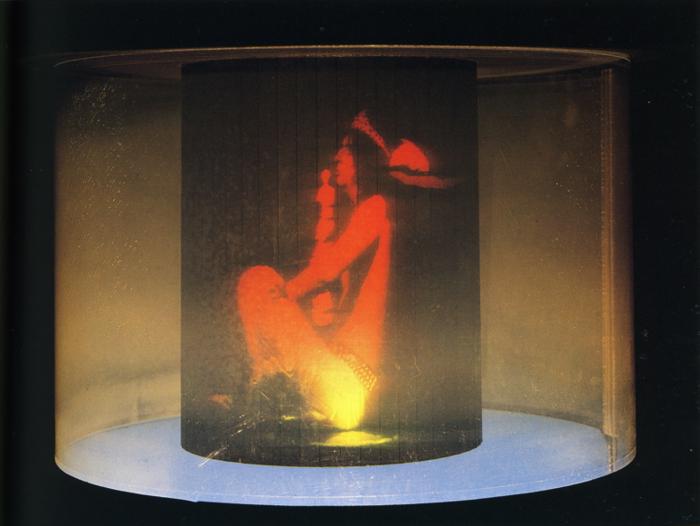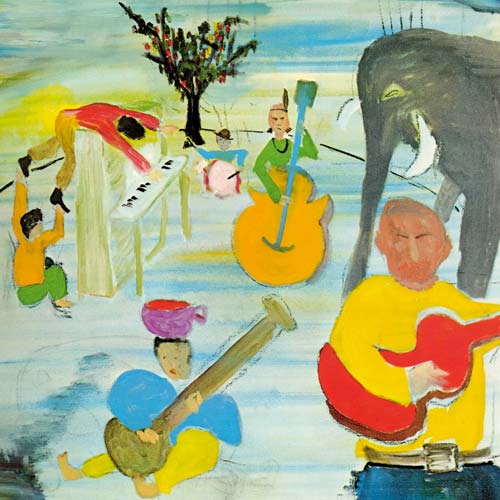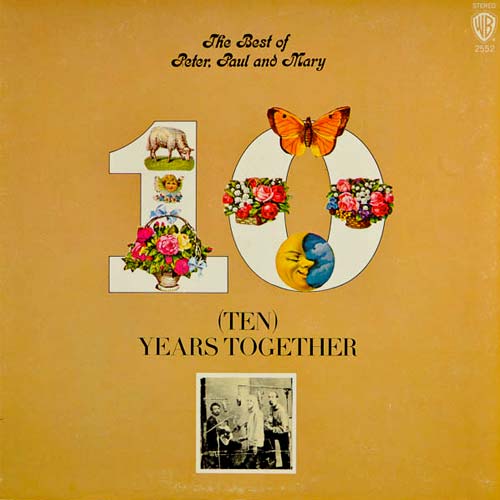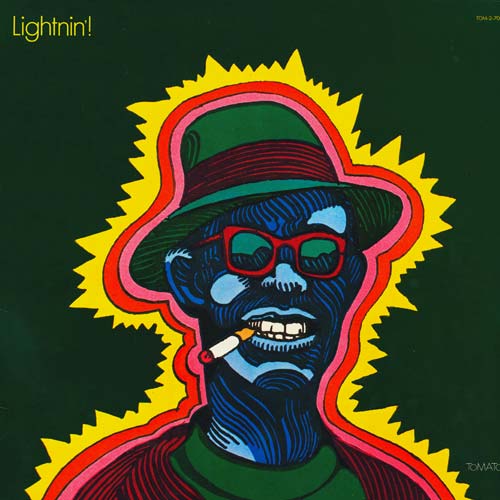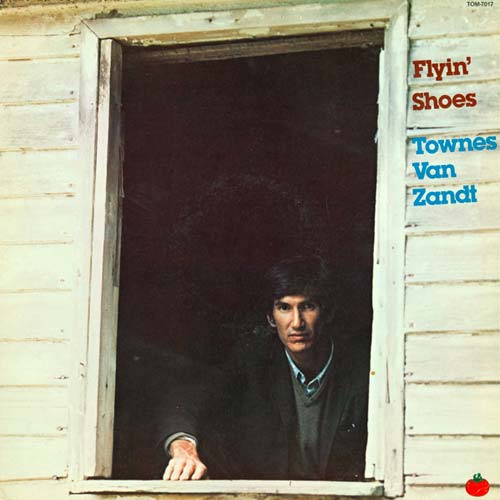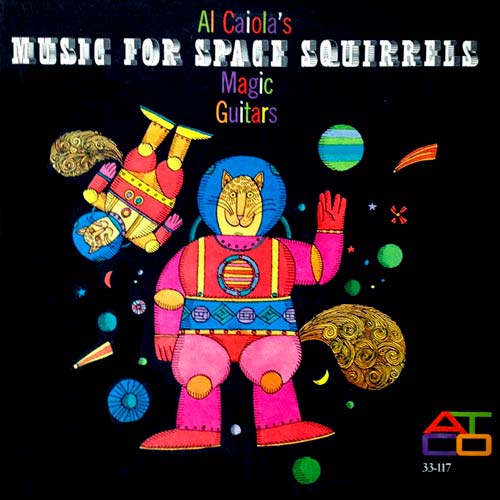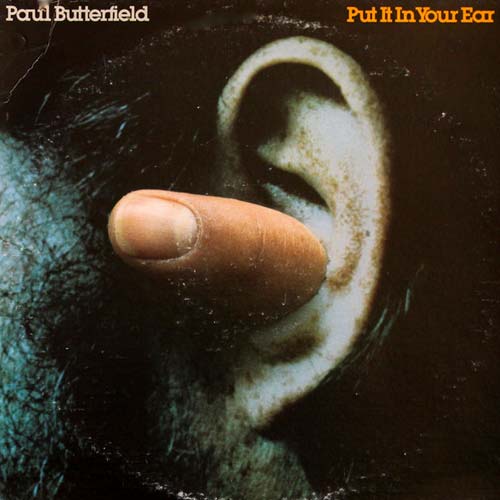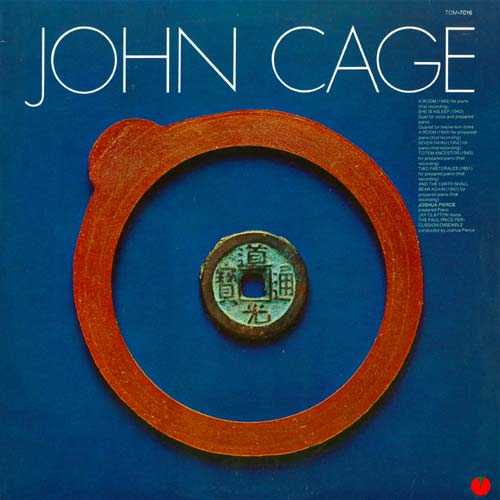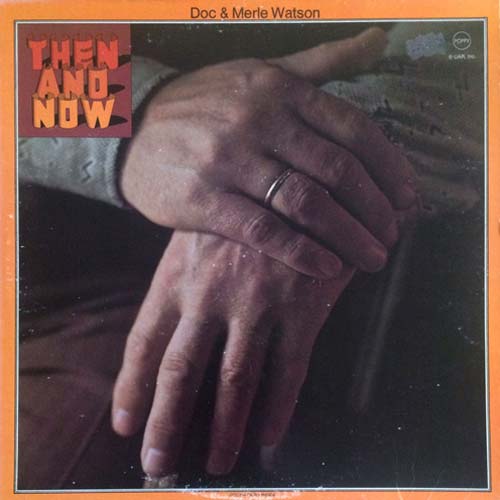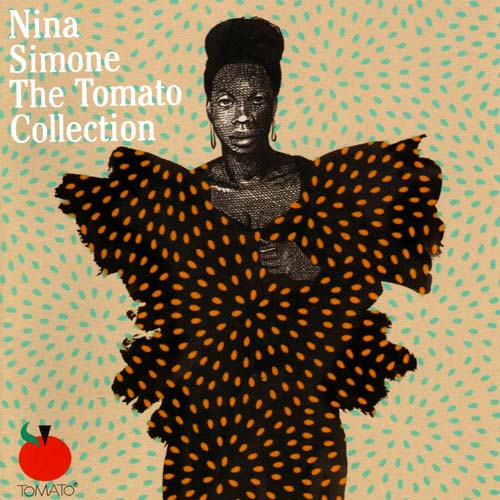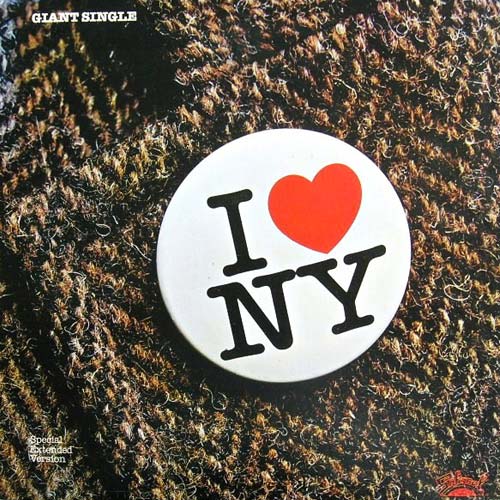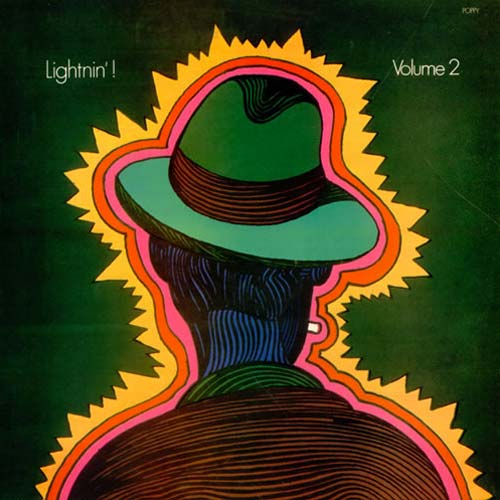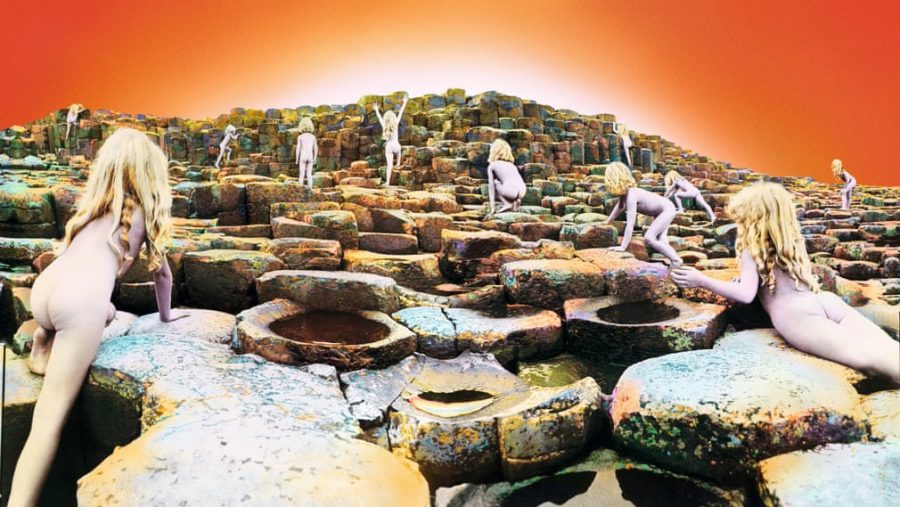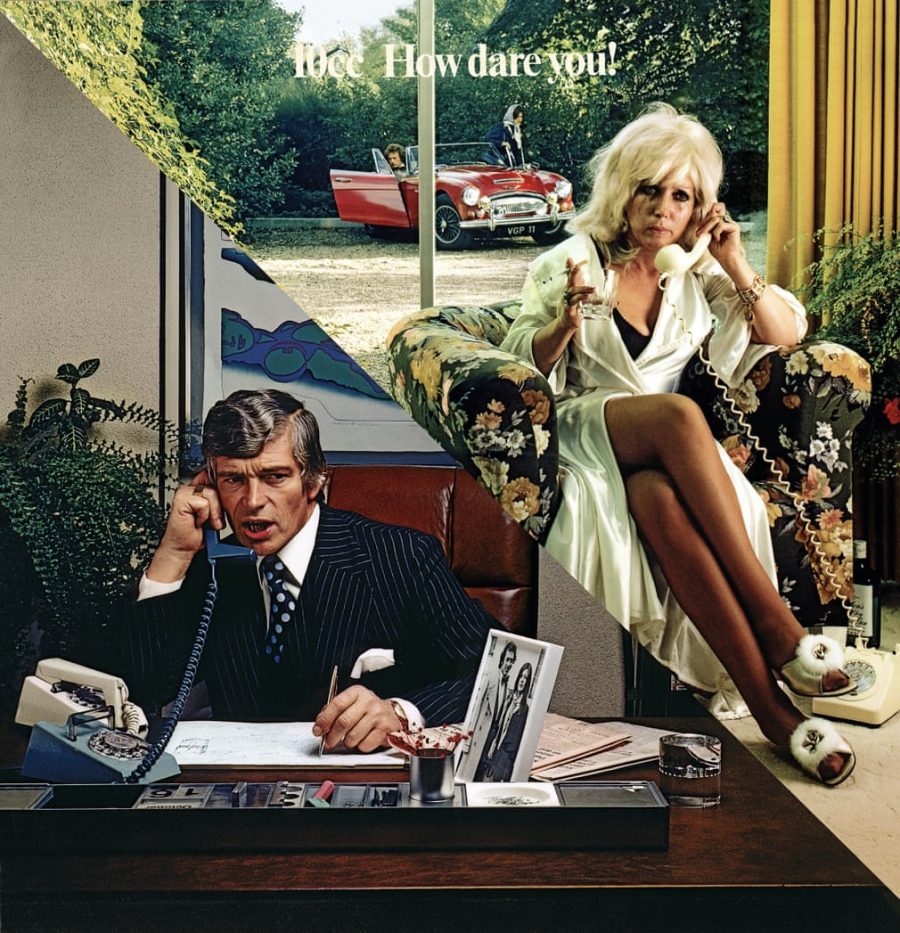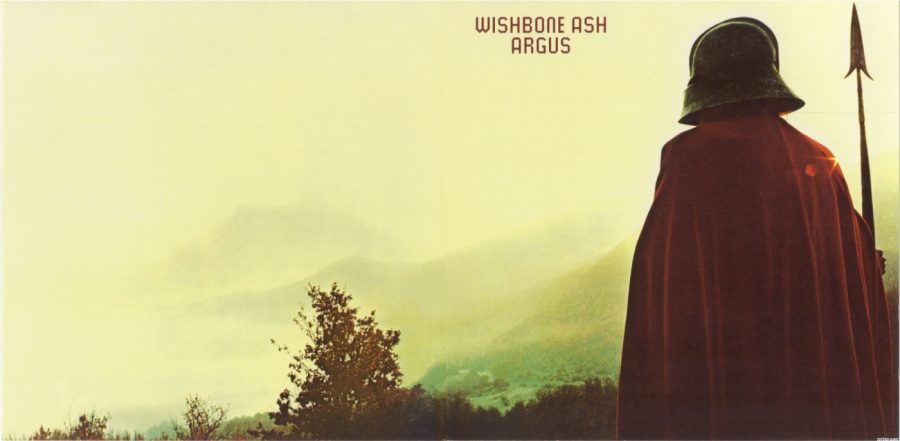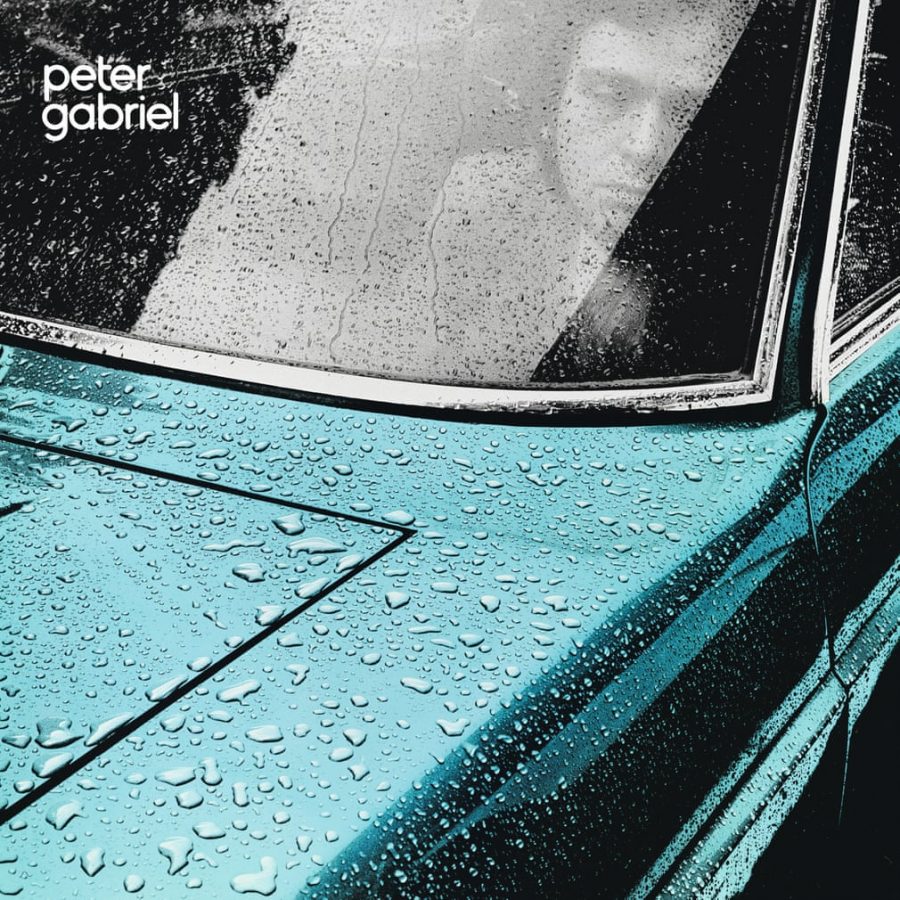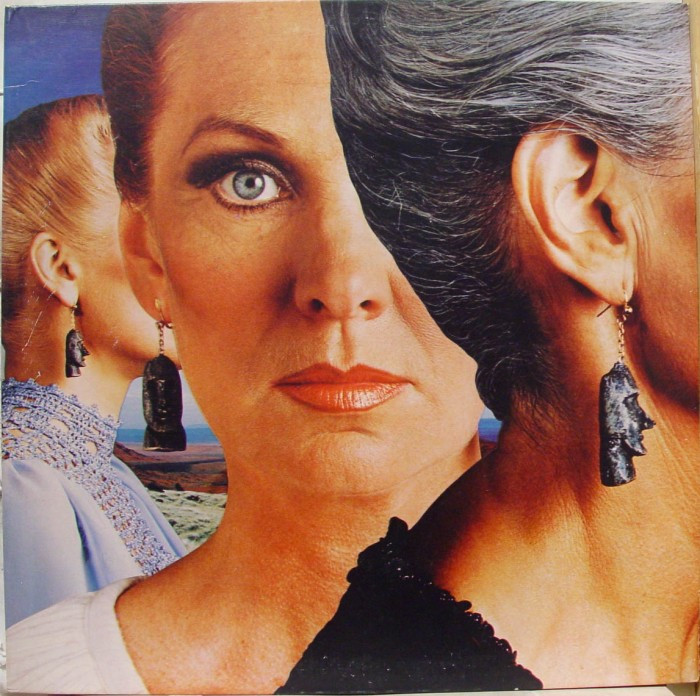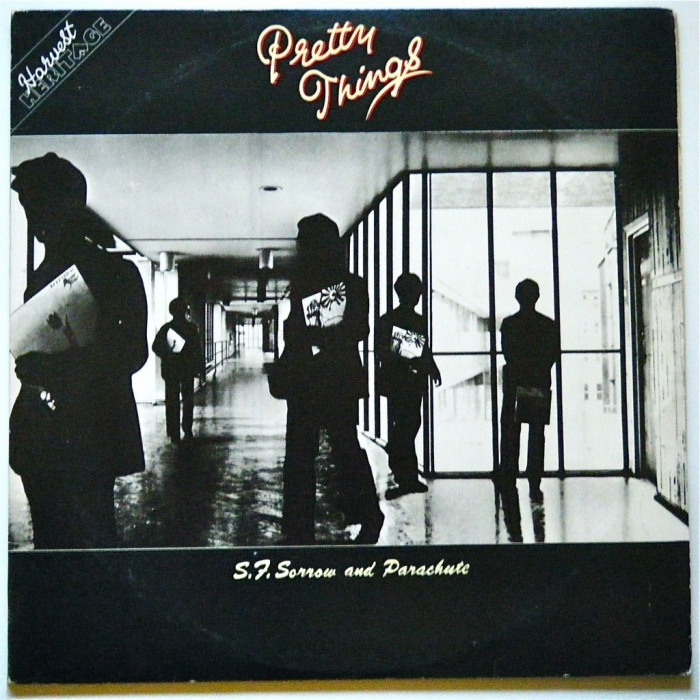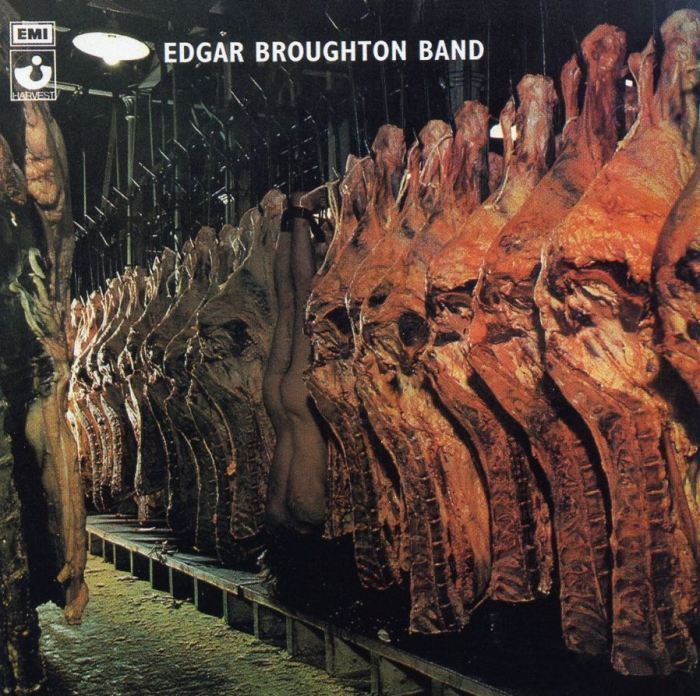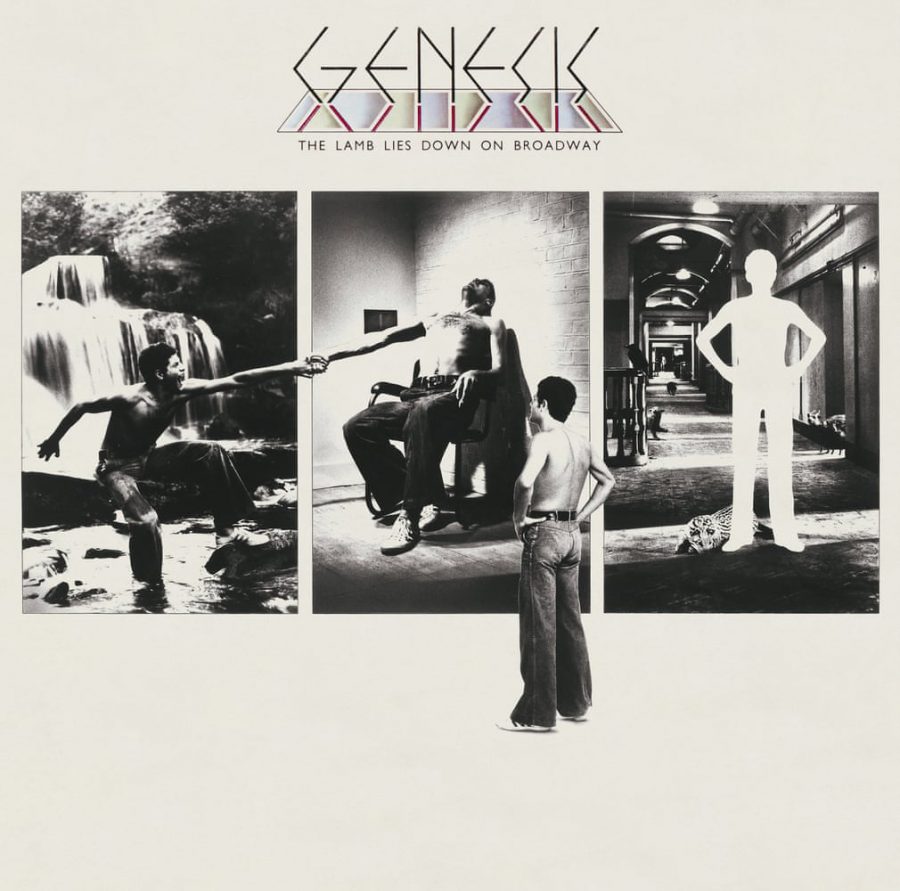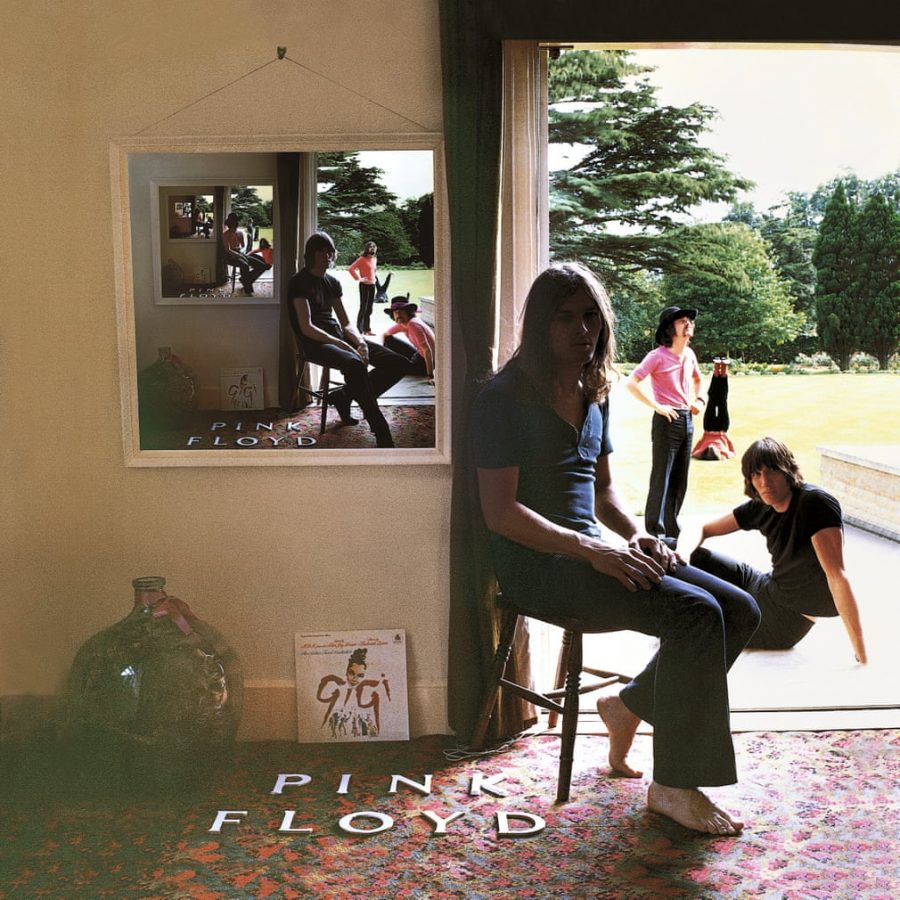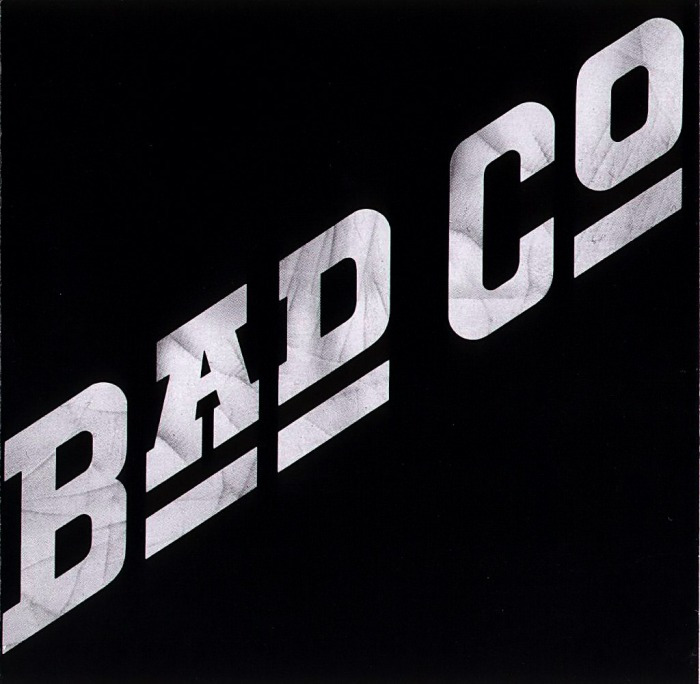“Not all genres in music are self-explanatory,” writes Mark Stock at The Manual. “Just ask baroque pop or post metal. With surf rock, however, it’s pretty much as advertised.” This observation gets at what makes surf rock so refreshing. Its “wavy guitar sounds” and rollicking beats are a musical onomatopoeia for the thrills of a sun-drenched sport. From its niche origins, surf rock invaded garages around the world. It found its way into the Pixies and the B‑52s. Waves of indie surf bands continue to wash ashore.
Surf rock melded with hardcore punk, another genre that does what it says and has scored many a board sport. Where hardcore is aggro, surf is mellow and joyous, even when it’s sinister and dangerous; hardcore thrives on bashing three-minute attacks, surf shows off its technical chops, even when it sticks to three chords, as in the Surfaris’ classic “Wipe Out.”
The song, a 12-bar blues driven by Ron Wilson’s drum solo, produced “the yardstick for every aspiring young drummer in the early 60s” and beyond. At the time of its recording, Wilson wasn’t even old enough to drive.
According to guitarist Bob Berryhill, the Surfaris formed in 1962 while the members of the band were still in high school. (Their sax player, Jim Pash, was 12 when he joined.) They played teen dances and talent shows, and by January the following year, they had an original, “Surfer Joe.” They had their parents drive them to a studio owned by a man named Dale Smallen.
We met at a place in the California desert called Cucamonga, and recorded Surfer Joe. In those days 45’s required a B side so Dale asked us to play another song. We had not written a song before Surfer Joe so I suggested a drum solo type of song with simple guitar breaks. Ronnie started playing the famous Wipe Out solo and in about 10 minutes we had the song together. We needed a gimmick introduction so my Dad broke a plaster soaked board close to the mic and Dale Smallen let out a laugh and screamed wipe out. We gave Dale the master tape and he took it to Hollywood, and by July 1963 it was #2 on the Billboard top 100.
Before they knew it, the teenaged Surfaris were touring Japan, Australia, and the U.S. with Roy Orbison, The Beach Boys, the Righteous Brothers, and The Ventures, a brilliant instrumental rock band who were one of the biggest things going in the early 1960s.
The Ventures took “Wipe Out” further into the reaches of drumming legend in their cover (see drummer Mel Taylor attacking the skins like Gene Krupa in a live performance in Japan from 1965, above). Then, in 1966, the Surfaris broke up. The Beatles had wiped them off the charts, or as Berryhill puts it, somewhat bitterly, “The British Invasion changed music to focus more on the introspective needs of the ‘Me Generation.’” Surf lost its hip appeal, but it was not forgotten.
“In 1980,” Berryhill says, “the punk/new wave movement revived ‘Wipe Out,’ which gave it a new audience.” It popped up in commercials, The Fat Boys teamed up with The Beach Boys for a rap cover, even the Muppets had a version. Surf rock “became a sponge,” surf guitarist Jason Loughlin says. “In the 80s through the 90s [it] soaked up influences from punk music and alternative rock.” Bands like Man or Astro-Man? brought in period sci-fi reverences; surf teamed up with rockabilly, another genre that “had a short window of popularity and growth and then went underground” until the 80s.
But “Wipe Out” acquired a special status as a pure specimen of surf. It remains one of the most popular instrumental songs of all time. And all because of an inventive 15-year-old drummer, his high school buddies, and their supportive parents. It may not be the most rock ’n’ roll of musical histories, but it is the most surf rock of stories. A tale of talent, teenage enthusiasm, and the guileless desire to make other kids dance.
Related Content:
Quentin Tarantino Explains The Art of the Music in His Films
A History of Rock ‘n’ Roll in 100 Riffs
Josh Jones is a writer and musician based in Durham, NC. Follow him at @jdmagness
